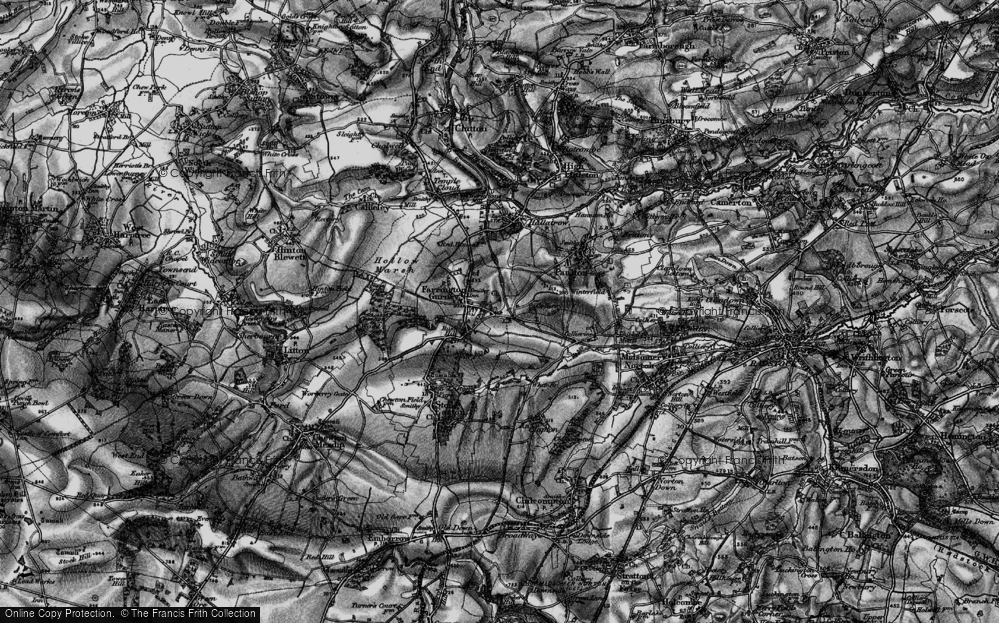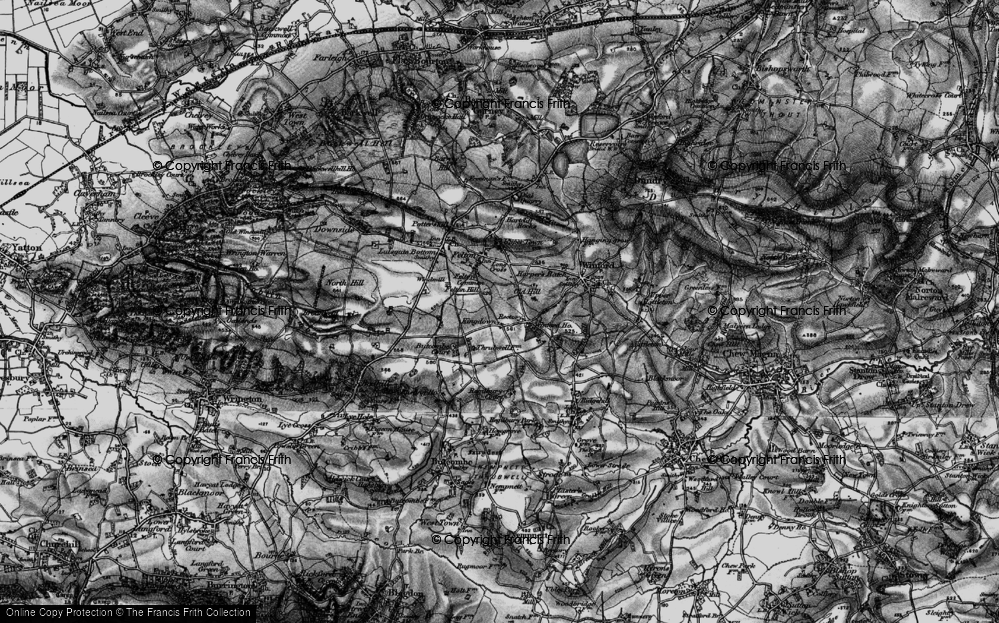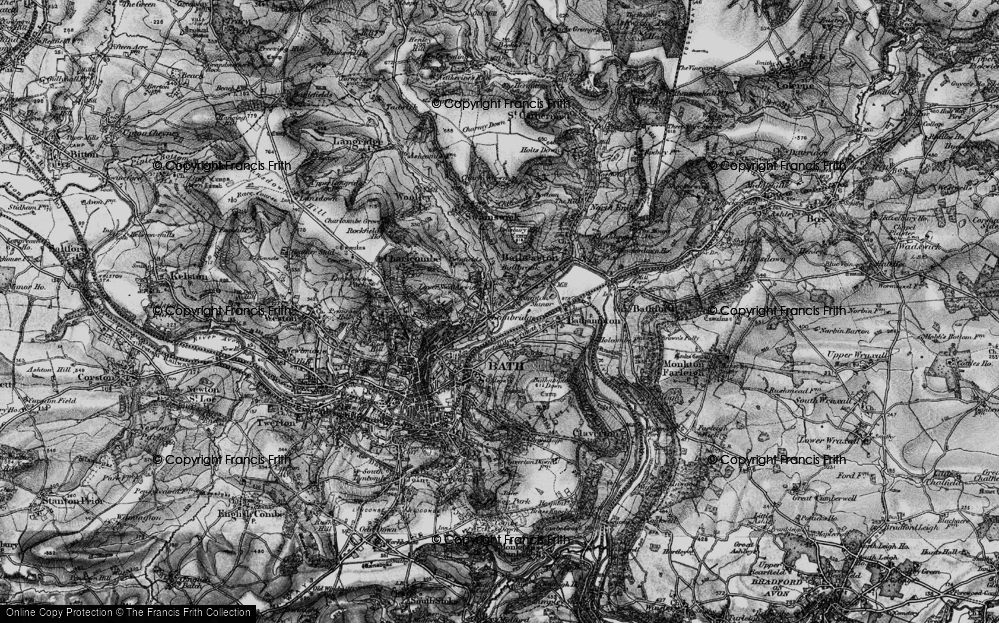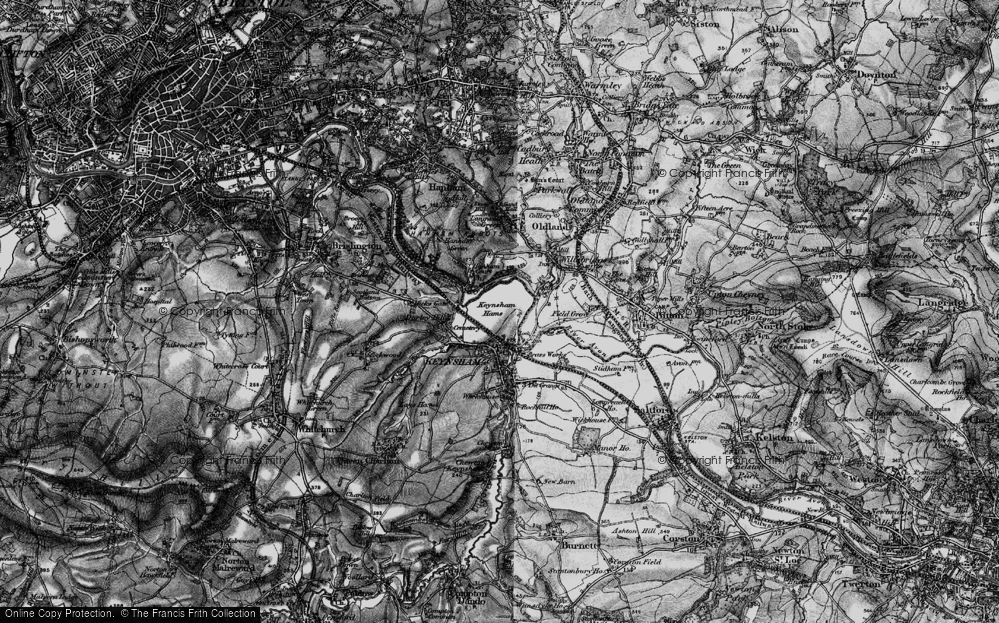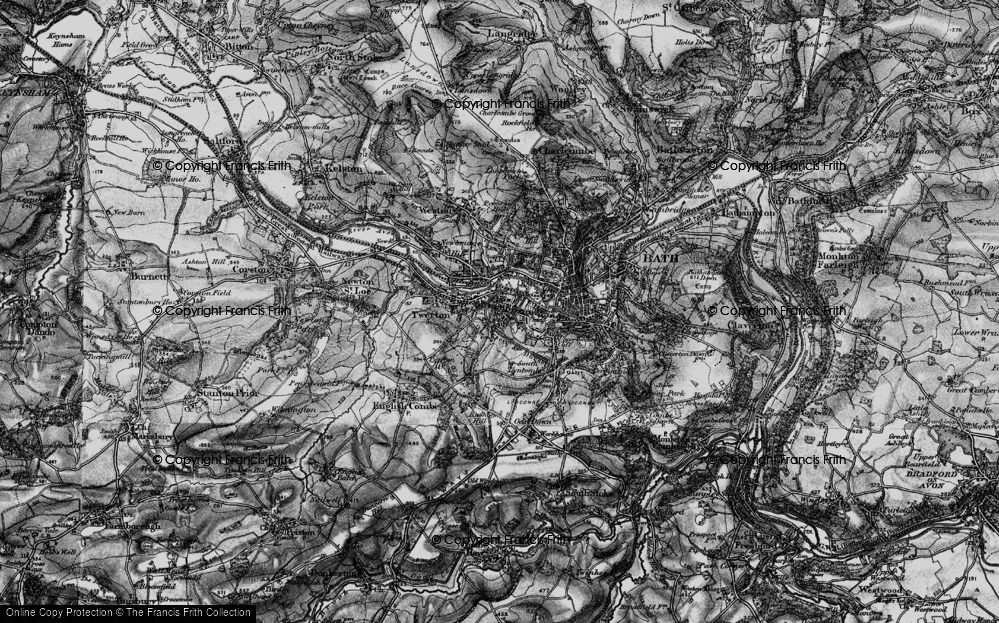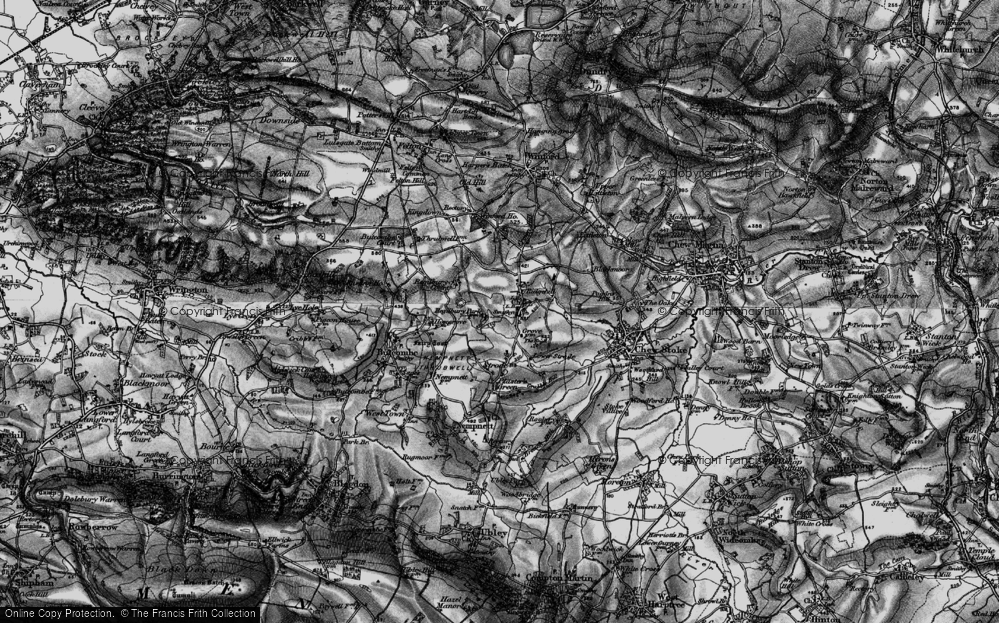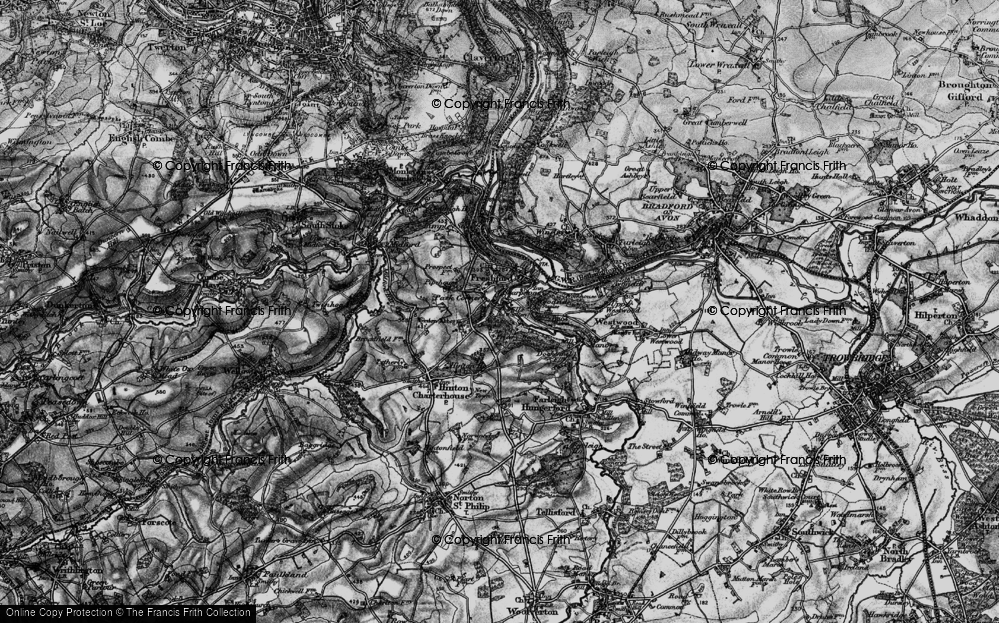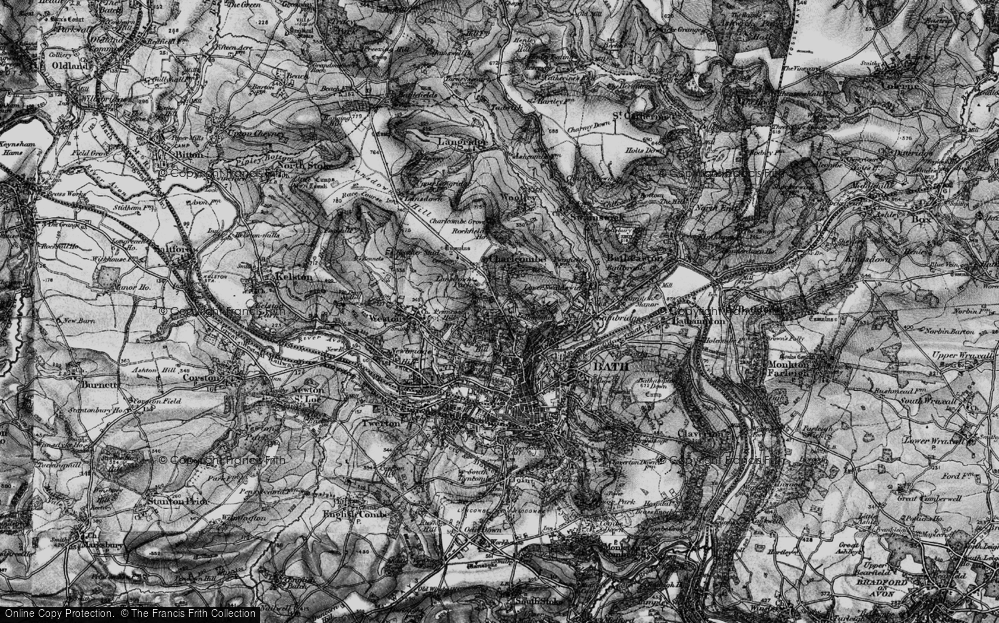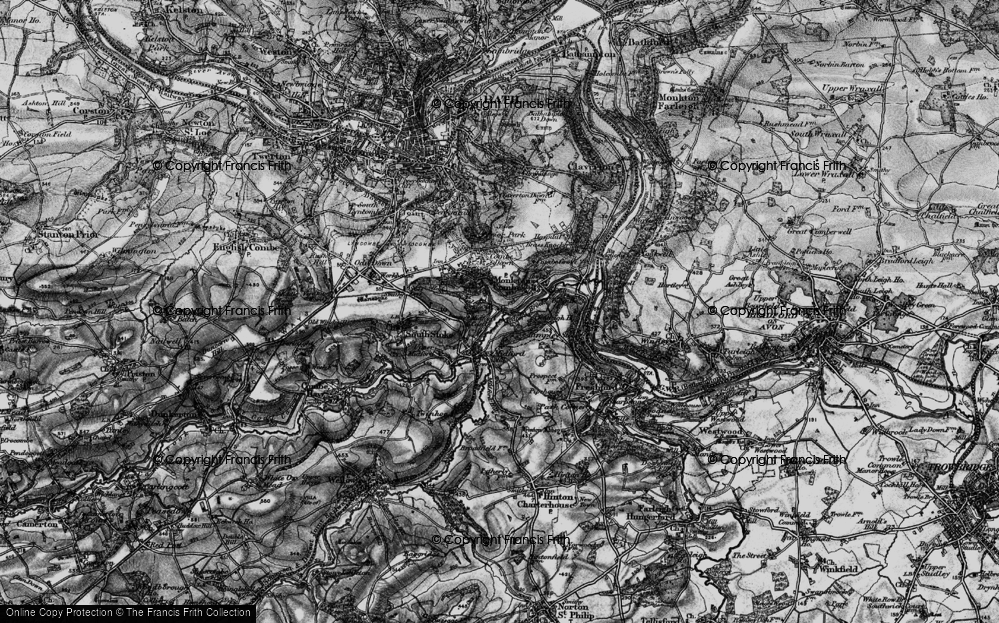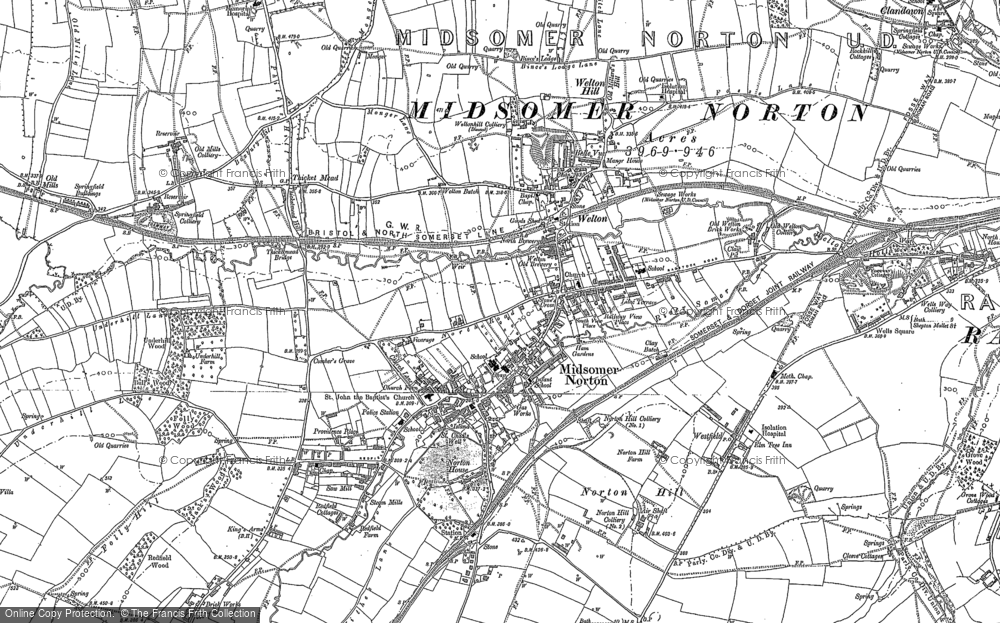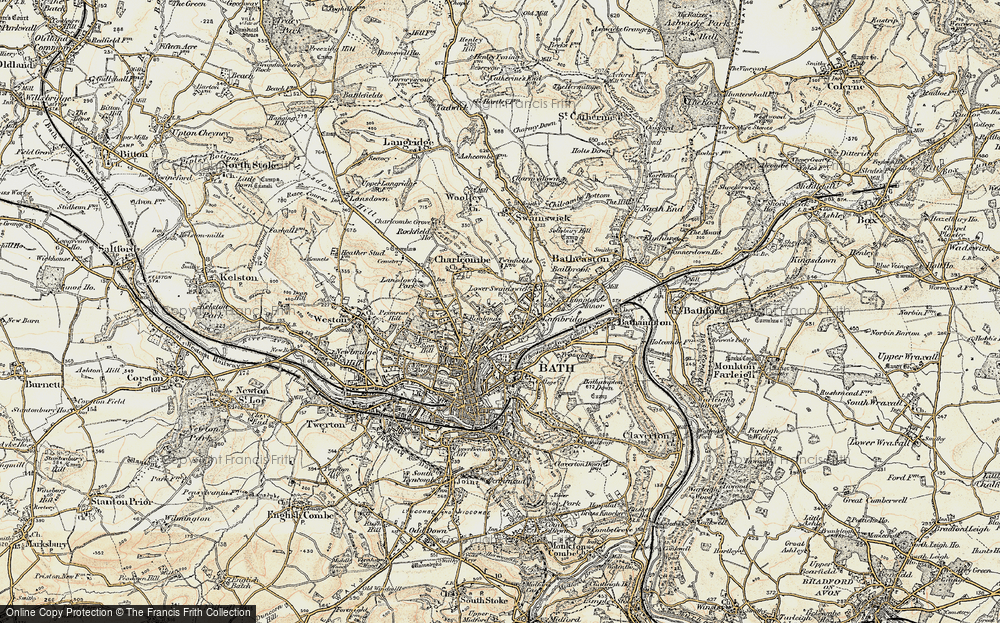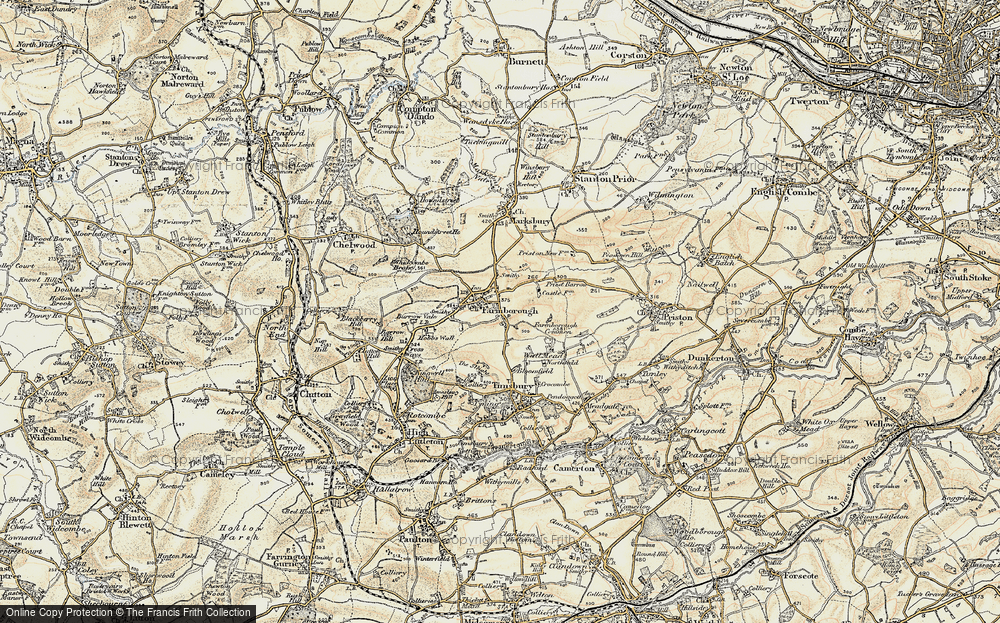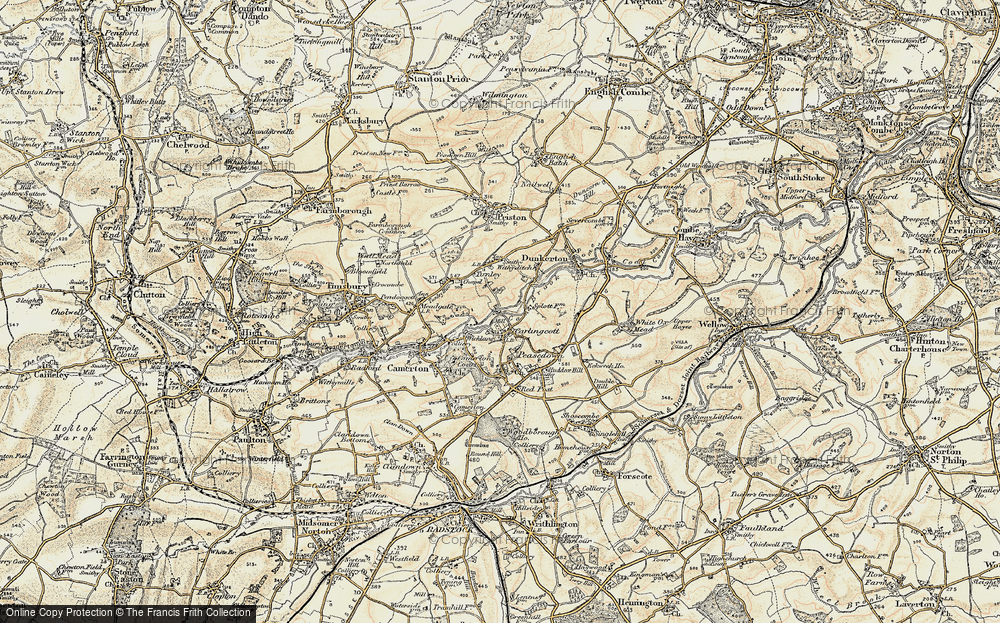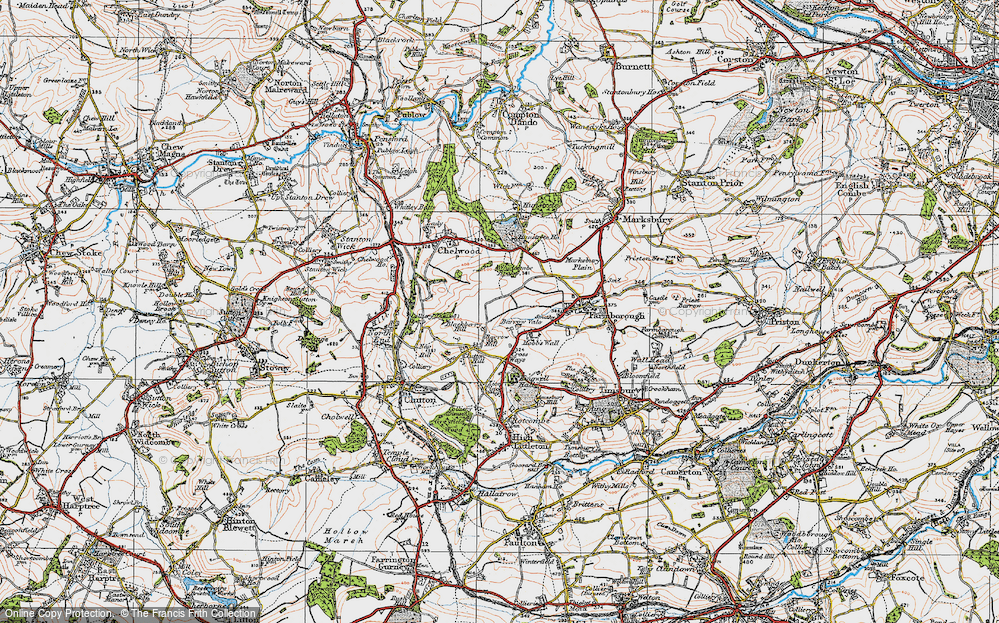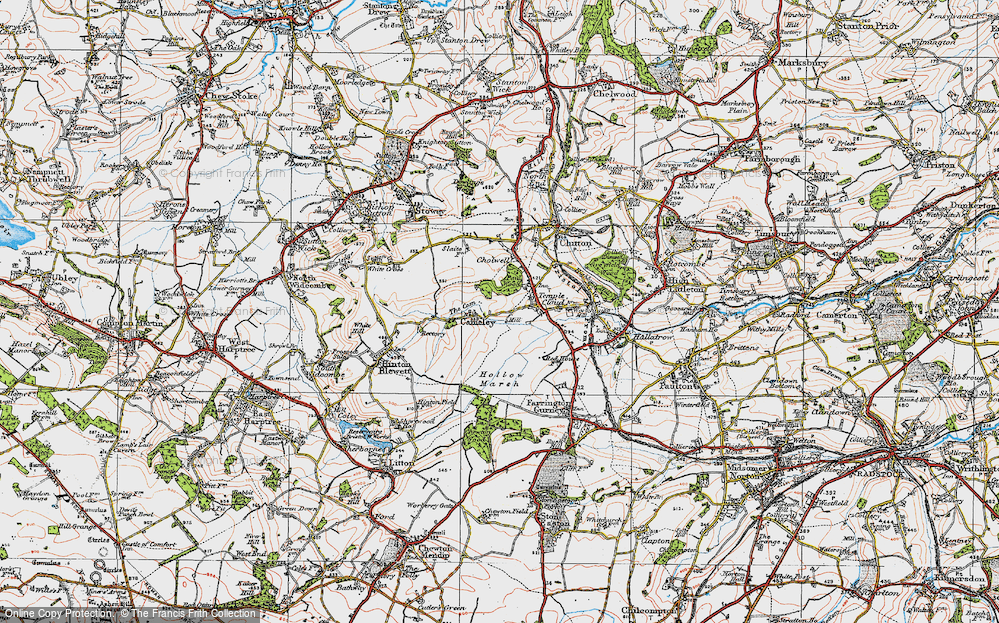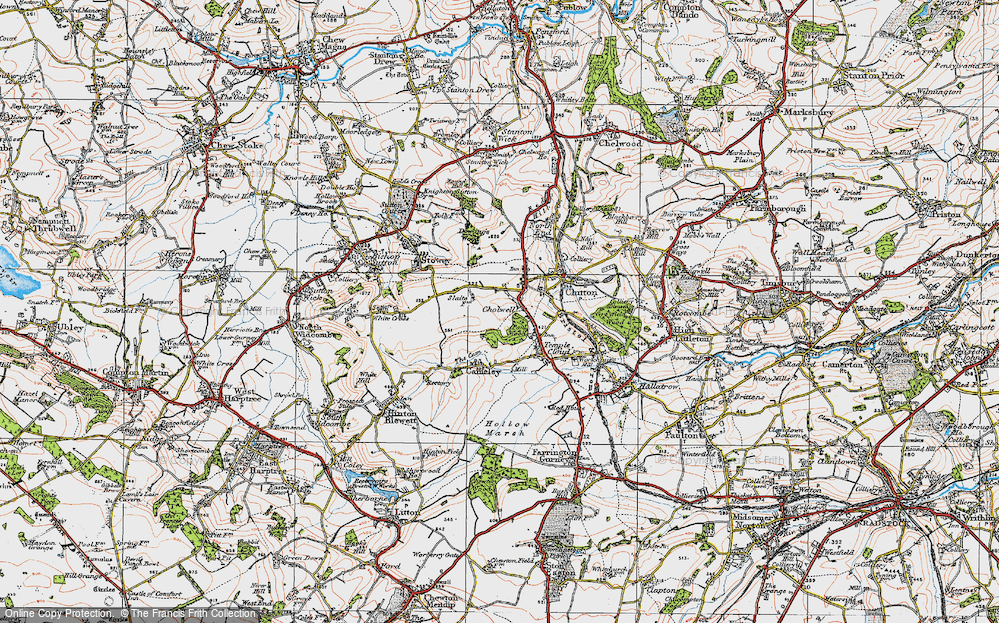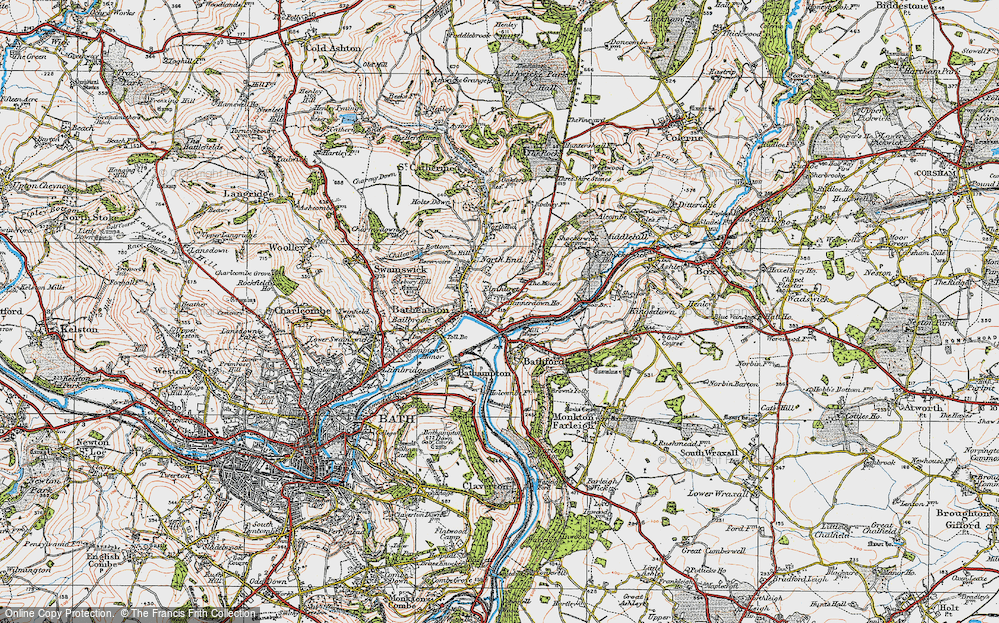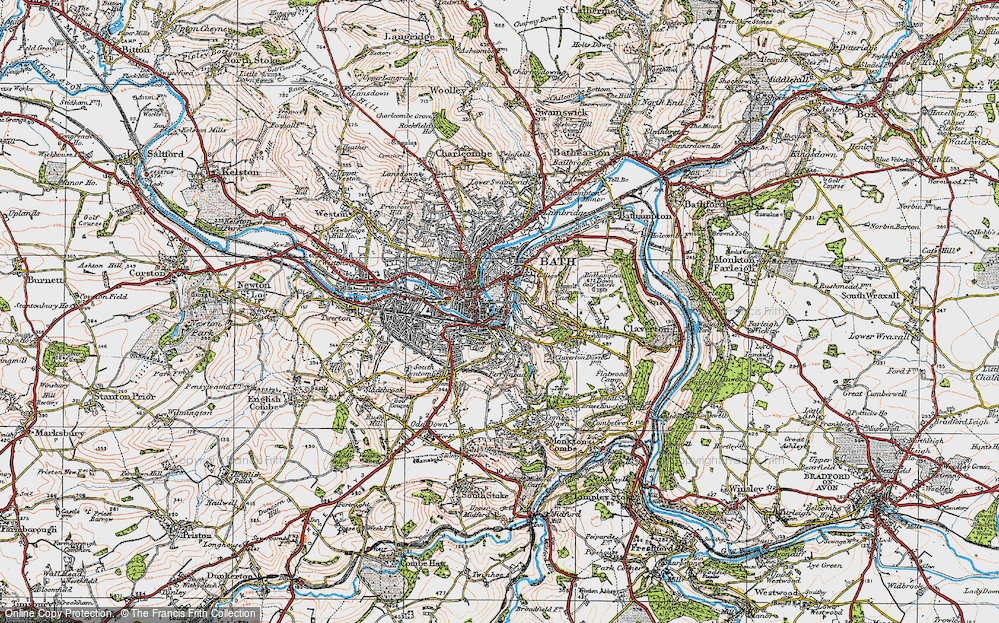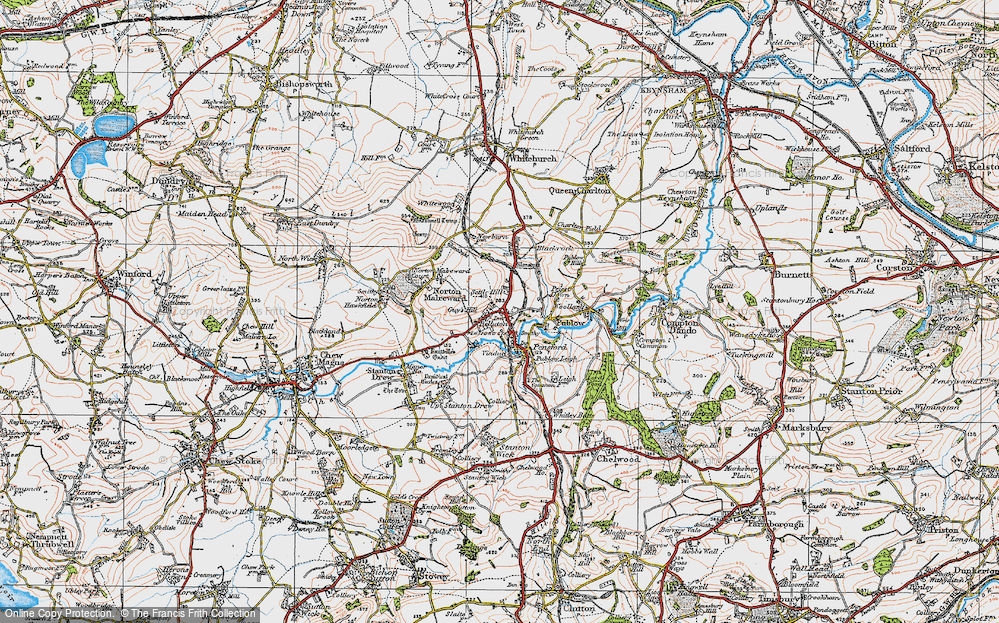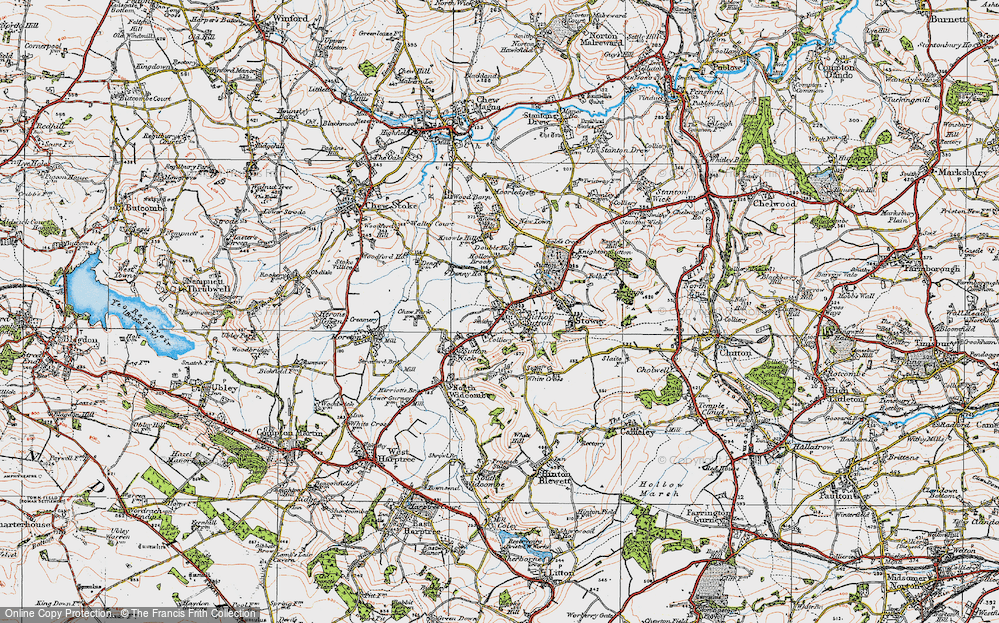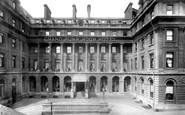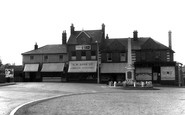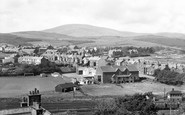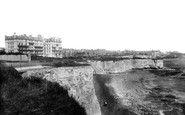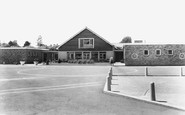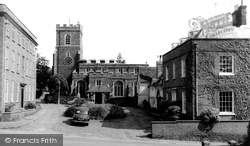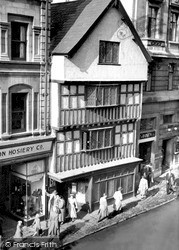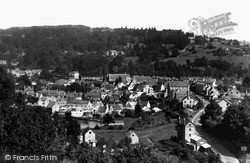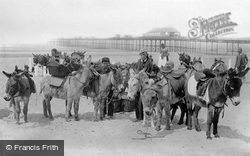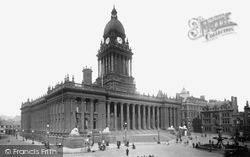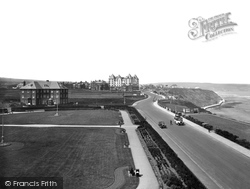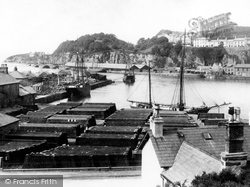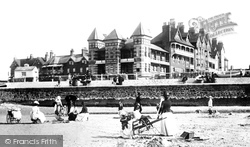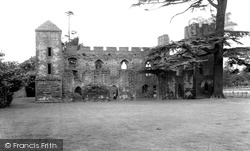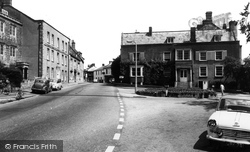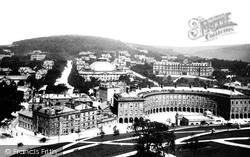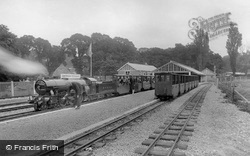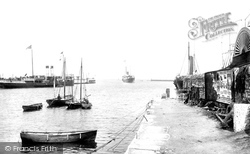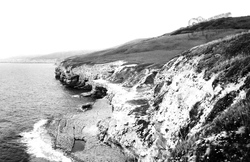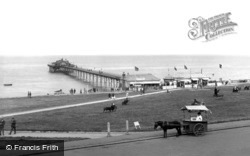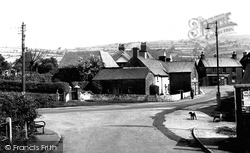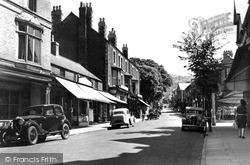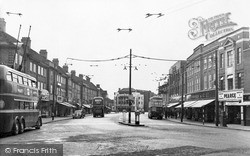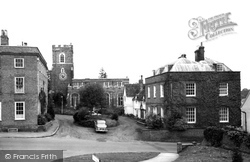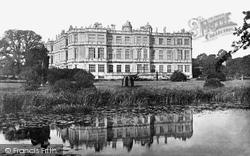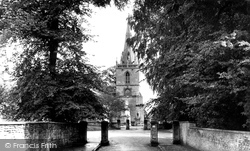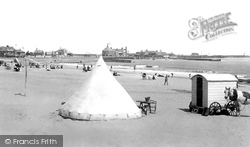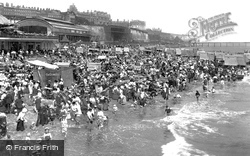Places
Sorry, no places were found that related to your search.
Photos
Sorry, no photos were found that related to your search.
Maps
1,353 maps found.
Books
3 books found. Showing results 961 to 3.
Memories
2,048 memories found. Showing results 401 to 410.
The Keelings 1940 Evacuees
My sister, Joy, elder brother, Richard and myself, John Keeling, were evacuated to Llanharan in June 1940. After a short time Richard and myself were placed with a lovely old lady at 12 Seymour Avenue, Mrs Surridge. I do ...Read more
A memory of Llanharan in 1940 by
The Hotel Lions
Two Stone sculptured Lions were situated at the entrance steps of the Grand Pump Room Hotel before it was sadly demolished in 1958/59 during the so called "Rape of Bath". They were removed by Sparrows Crane Hire of Bath, Alf Sparrow and ...Read more
A memory of Bath by
The Homesteads
I was born in a house named Edinburgh in St James Ave, The Homesteads. I went to the infants school and remember a lovely teacher by the name of Mrs Quinn. In the junior school I remember a dragon of a teacher by the name of Miss ...Read more
A memory of Stanford-le-Hope by
The Holborn Hill Evacuee.
The view is looking over Holborn Hill towards Black Combe. Holborn Hill is old Millom, the new part of Millom was built when iron ore was discovered in 1855 at Hodbarrow and the iron works was built and Hodbarrow mines opened. ...Read more
A memory of Millom in 1940 by
The Happy Days
To Mary Muir, I remember you very well. Those were the days. I started school then in February aged 4 and a half years old. I remember all my teachers. I wonder if these names ring a bell, Miss Todd, Miss Taylor, Miss Cuthbert, Mrs ...Read more
A memory of Lumphinnans in 1957 by
The Green Wayside Cottages
My paternal grandmother, Kate Paine Whitbourn, was born in these cottages in 1896. Her father was the head carpenter at Bisham Abbey. The Paine family had lived in Bisham for several generations. When I was little, Gran and ...Read more
A memory of Bisham in 1951 by
The Grants
The Grant family were prominent in Dufftown, residing in Amulree Conval Street. Peter Grant who was Dufftown's master baker, appears to be the name that continued the family name until he died in 1930
A memory of Dufftown in 1860 by
The Grand At Broadstairs
Laurie used to play at the Grand every Saturday night. In the afternoon he would play the piano at Booby's, an upmarket sort of Debenhams in Cliftonville. My mother and I would go and have tea in the restaurant, which ...Read more
A memory of Broadstairs by
The Good Old Days....
I started at the school in 1970, I still think it was the best school ever, we had a swimming pool which I thought was so cool, it was never heated though! But I got my width, length and 7 lengths certificate in ...Read more
A memory of Farnham Common in 1970 by
The Good Old Days
My grandparents lived in 45 Bute Street next to the barber's shop and a few doors away from the cinema. I was evacuated there in 1941 and went to school in Treherbert for a couple of years, and I have the most happy memories of ...Read more
A memory of Treherbert by
Captions
1,059 captions found. Showing results 961 to 984.
All, however, make a point of listing a marble memorial to the life of Col Richard Nicolls who captured the Dutch Colonial city of New Amsterdam on behalf of the English Crown - and then renamed it New
What appears to be a medieval jettied building may be nothing of the sort.
The A46 from Bath can be seen snaking down into Nailsworth, which lies at the meeting place of three steep and wooded valleys.
This is how a guide to seaside resorts of 1895 described Rhyl: 'Not many years ago there was no town here at all, but merely a few fishermen's huts upon the shore.
This is how a guide to seaside resorts of 1895 described Rhyl: 'Not many years ago there was no town here at all, but merely a few fishermen's huts upon the shore.
The architect of the Town Hall, Cuthbert Brodrick, was also responsible for other buildings, including the Corn Exchange (1860), the Mechanics' Institute (1860), the Oriental Baths (1866) and shops on
This was to be the site of the other half of George Hudson's dream crescent; because of his bankruptcy, it stayed empty for a long time.
Portmadoc was originally intended to be the port of Tremadoc, a new town that never got beyond a village; it was planned by the speculator William Madocks, who had a grand scheme to persuade the Government
While the neighbouring resort of Margate had been attracting hordes of trippers from London from 1753 onwards, Westgate remained a more sedate and favoured place for families throughout the late
The castle at Acton Burnell was built at the end of the 13th century by Robert Burnell, Bishop of Bath and Wells and Lord Chancellor of England.
This was the site of much activity, including horse fairs, which continued regularly until the mid-20th century. The Green is today architecturally unchanged from this photograph.
This classic view of Buxton from The Slopes was taken during its heyday as an inland spa created largely by the efforts of the 5th Duke of Devonshire.
The Romney, Hythe and Dymchurch Railway is said to be the world's smallest public railway service.
A boat from Jersey enters Weymouth, whilst over on the left a paddler makes ready to depart. On the right, just peeping from behind the harbour wall, is what might be the paddler 'Great Western'.
Romantically named for the sea breaking across its rocks, Dancing Ledge is a mile south of Langton Matravers village.
What a scene this is, with bathers in the water, and gentlemen sitting on benches putting the world to rights. Tourists are ordering tickets for the twice-nightly end-of-the-pier show.
The poster on the extreme right of this picture is advertising the forthcoming local District Council elections. This has obviously not caused too much of a stir in sleepy Bedwas.
Prestatyn can claim a history that is tangible from Roman times with its own Roman bath house.
In 1924, Richmond House, a large house with extensive grounds on the river-front by the Embankment, came into council ownership, following an unsuccessful bid at auction, a fumbled attempt at compulsory
A number of sources quote Ampthill's parish church as being 10th century, without offering a precise dating.
Ancestral home of the Marquesses of Bath, and sometimes described as the first true Renaissance house in England, Longleat was built by Sir John Thynne between 1547 and 1580.
The fine setting of the town church is shown in this picturesque view through the gateway.
A lone tent sits on the empty sands.
The sands were a two-hour train ride from London. It was a children's summer playground.
Places (0)
Photos (0)
Memories (2048)
Books (3)
Maps (1353)




